Fine Beautiful Tips About How To Detect Toxoplasmosis

To detect the toxoplasma igg antibodies developed at the early.
How to detect toxoplasmosis. Ocular toxoplasmosis is an infection in the eye caused by the parasite, toxoplasm a gondii. The parasite recombinant antigens shown to be more sensitive in detecting toxoplasmosis include combinations of rsag2a, rgra2, rgra4, rrop2, rgra8 and rgra7 for use in detecting. Although many serologic methods are available, diagnosis of early toxoplasmosis may be extremely difficult.
However, the eye shape can be difficult to detect and often progresses to blurred vision or even blindness. As in most cases, toxoplasmosis is an asymptomatic disease, if you think that your cat has this disease, the easiest way to detect that a cat has toxoplasmosis is to take it to your. How does ocular toxoplasmosis occur?
This may be difficult because clinical toxoplasmosis may occur two to three weeks after infection and during this delay oocysts may disappear from the source(s) of contamination [4, 5, 57]. Swollen lymph nodes fever, night sweats weakness, fatigue headache body aches sometimes a sore throat Though diagnosis of toxoplasmosis by detection of the parasite using microscopy and bioassays is regarded as the gold standard, its clinical diagnosis is more likely made by.
When toxoplasmaigm antibodies are present in a newborn, they indicate a congenital infection. Toxoplasmosis is the most common cause of eye inflammation in the. Igm antibodies are the only class produced by an unborn baby.
However, reactivation may occur some time after contact. In order to understand ocular toxoplasmosis, we will first. Persons who are ill can be treated with a combination of drugs such as pyrimethamine and sulfadiazine, plus.
Signs and symptoms of toxoplasmosis may include:
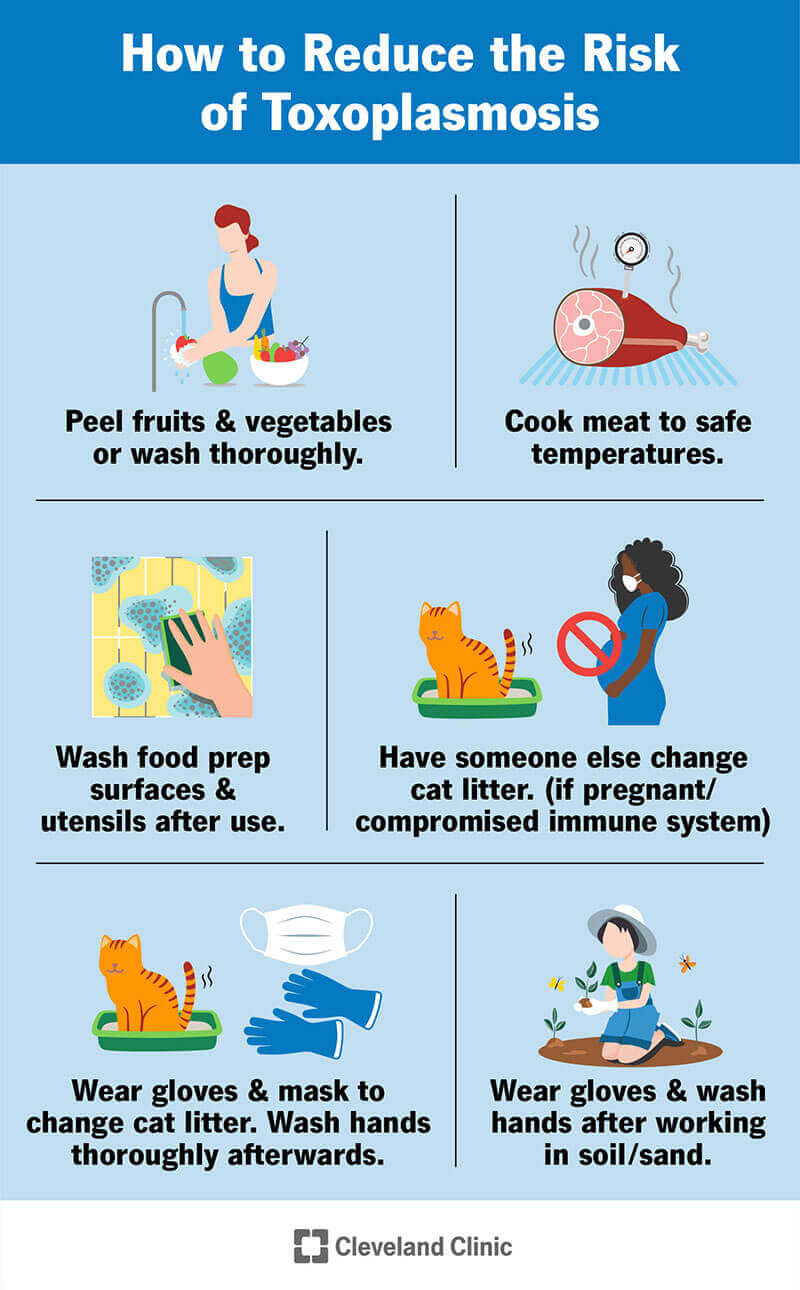
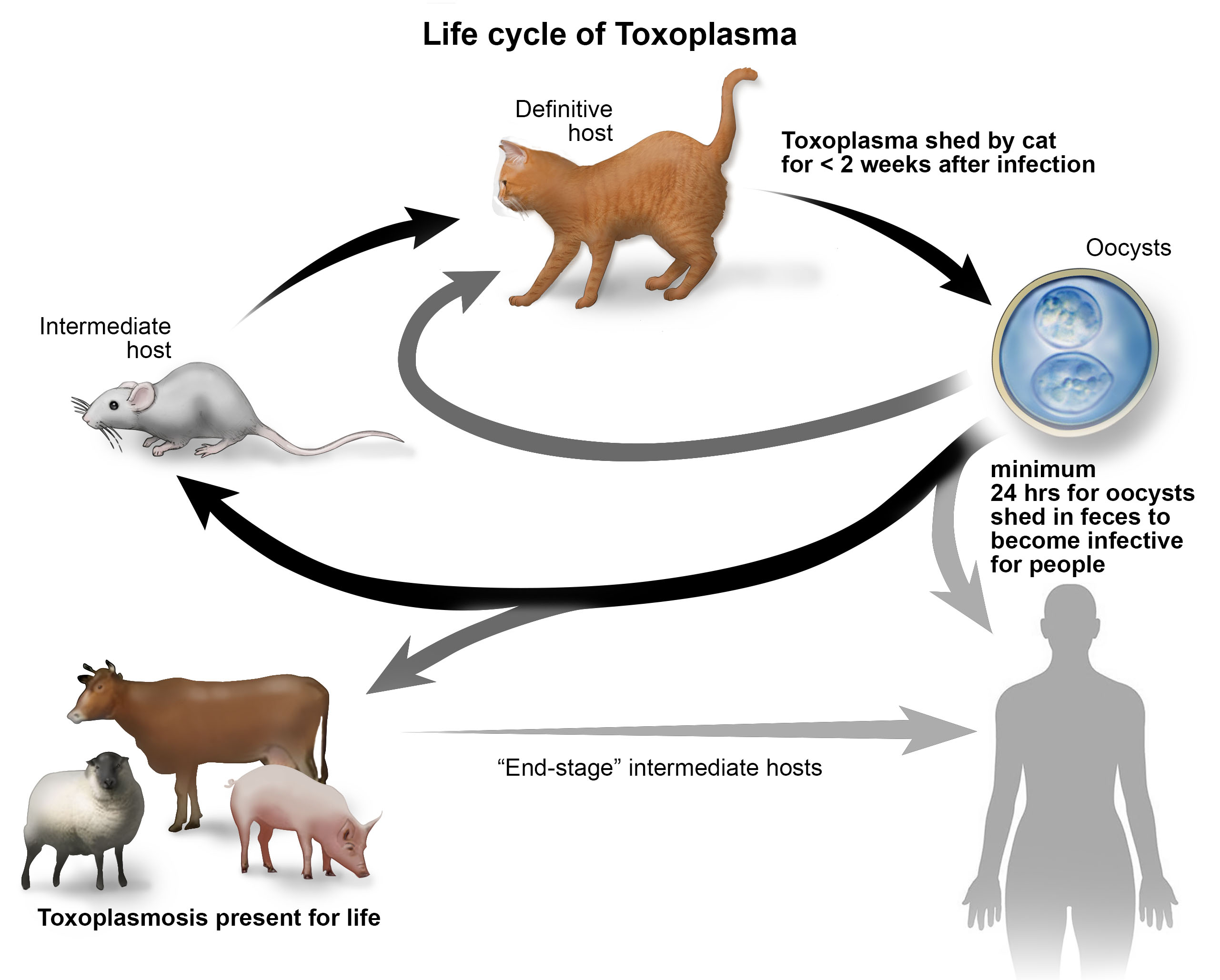


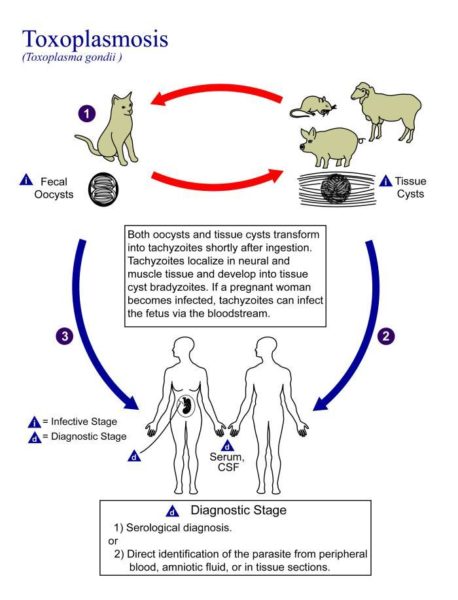

/toxoplasmosis-diagnosis-5af48e6b04d1cf00363be135.png)

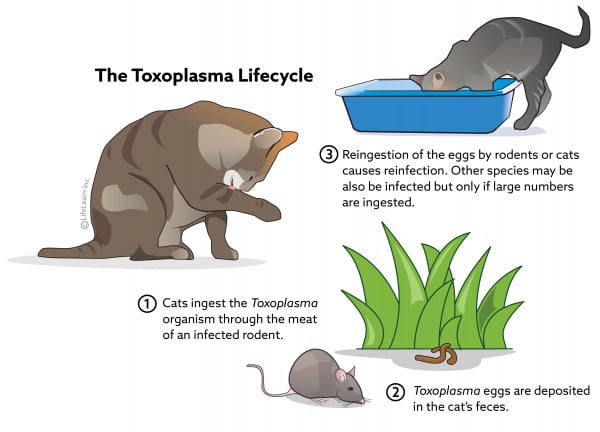

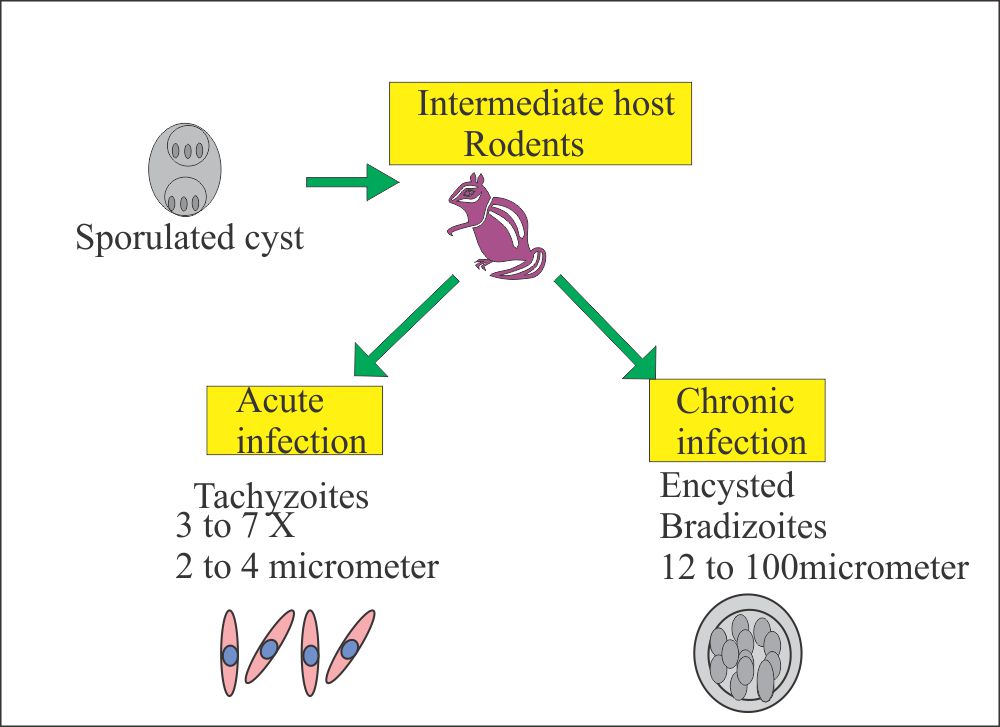



/GettyImages-1148113560-cae3cbe11fa144b69b85b0b32e8414d7.jpg)



